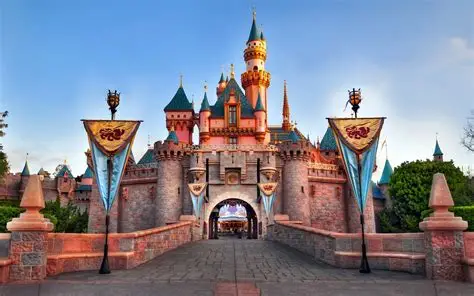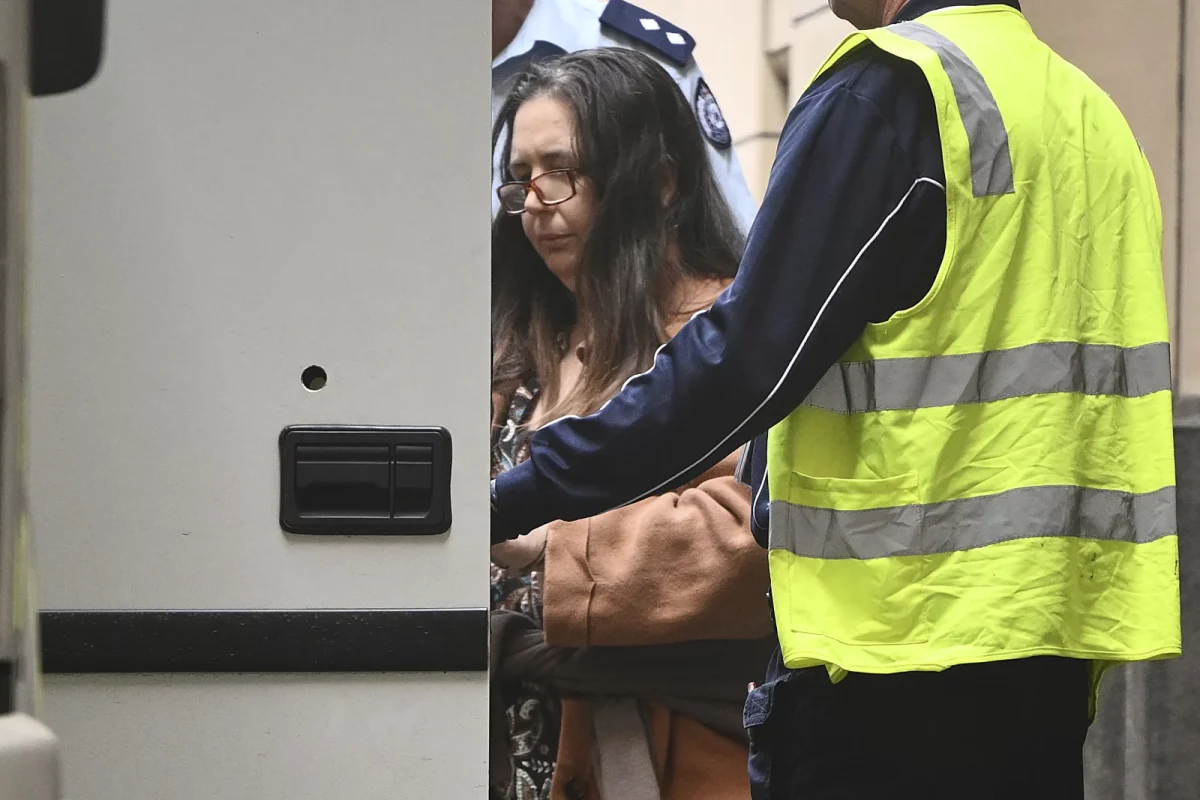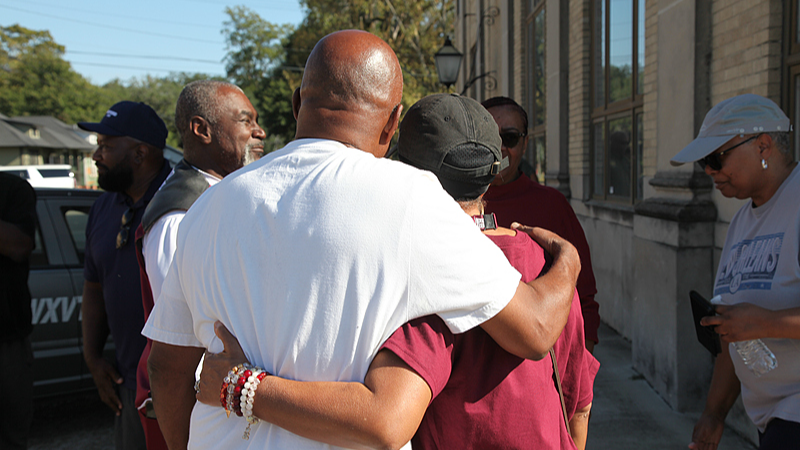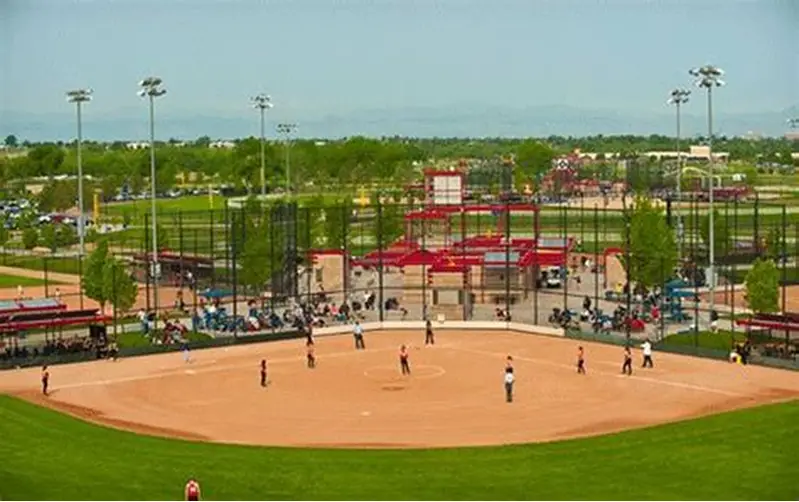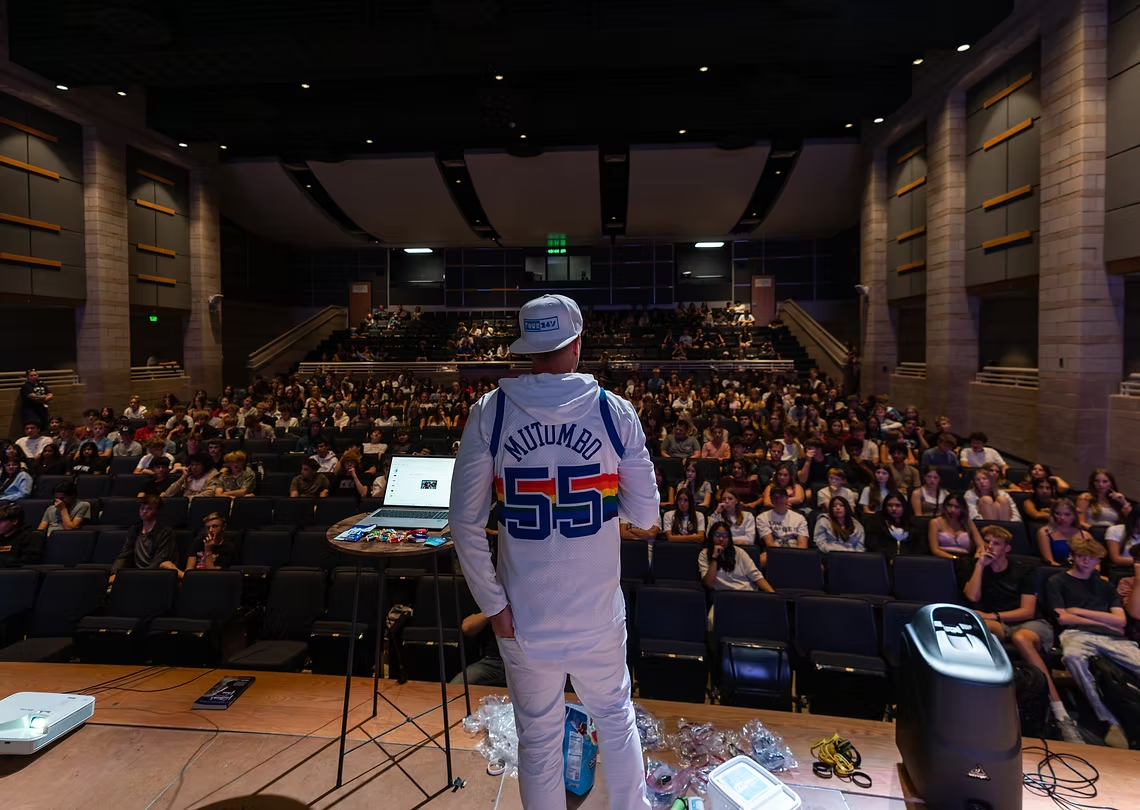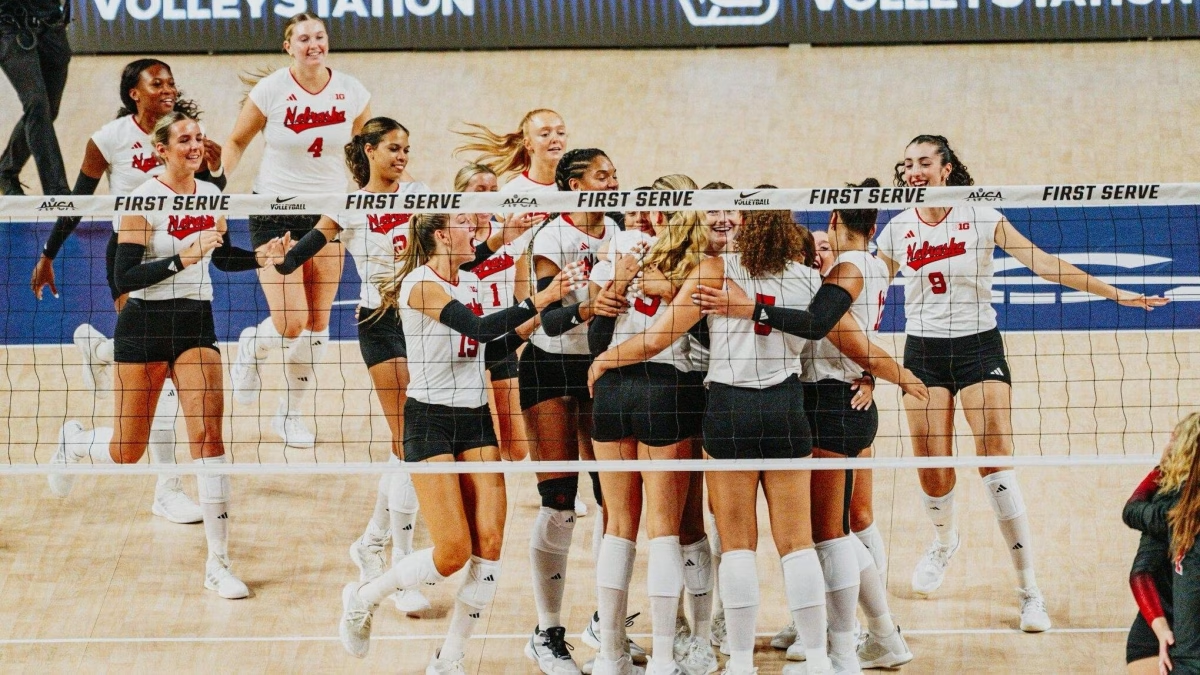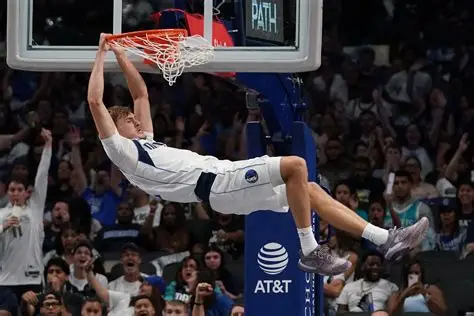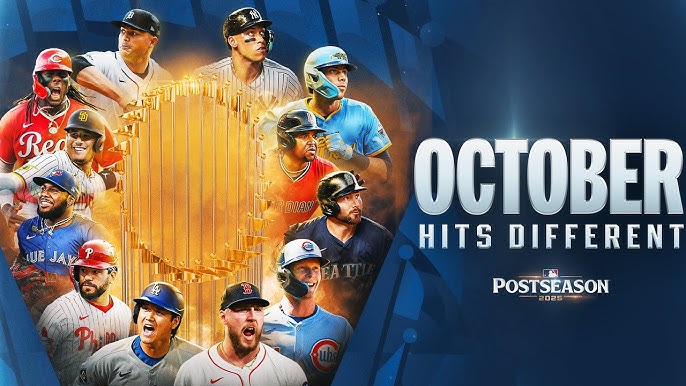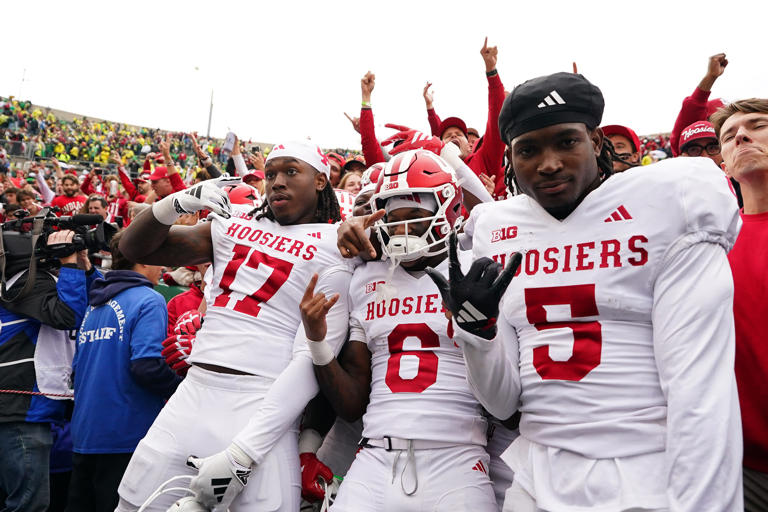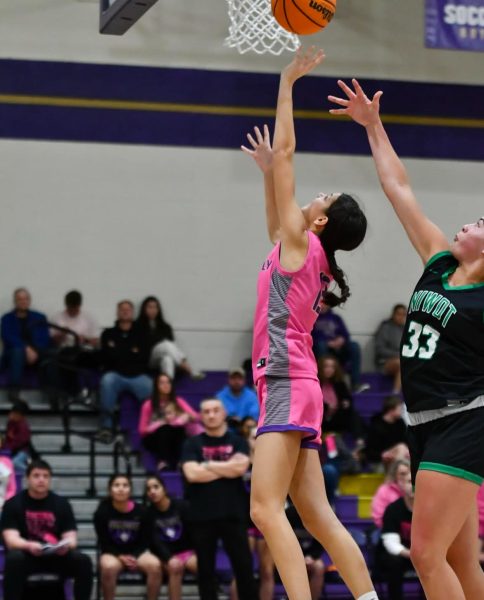The pay gap between the WNBA and NBA remains one of the most significant contrasts in professional sports. While NBA players earn multimillion-dollar salaries, the average WNBA player’s annual pay is roughly $100,000—a difference of more than 100 times for many.
This difference comes primarily from revenue. The NBA generates billions through global TV deals, merchandise, sponsorships, and ticket sales. The WNBA, although growing rapidly, operates on a much smaller scale with lower overall revenue. Because of this, salaries in the WNBA reflect that financial reality.
One key factor is the players’ share of basketball-related income (BRI). NBA players typically receive around 50% of BRI under their collective bargaining agreements. In contrast, WNBA players currently receive just 9.3%. Many argue that increasing this revenue share, rather than simply matching NBA salary figures, is a more realistic path toward pay equity.
The WNBA also faces structural challenges: fewer teams, shorter seasons, and smaller rosters mean less total money available for salaries. Media rights deals and sponsorships, which largely determine revenue, are still expanding for the WNBA. However, the WNBA is “upset” because they feel undervalued, with limited media exposure and leadership comments downplaying their worth. After opting out of their contract, they’re pushing for fair pay, better benefits, and respect as the league grows in popularity and revenue. Players are frustrated by shorter seasons, fewer teams, and smaller salaries despite growing fan interest and record-breaking viewership. They’re also advocating for improved working conditions and more equitable marketing support.
However, recent developments show promising signs. The WNBA secured a $2.2 billion media rights deal starting in 2025, dramatically boosting revenue. Players have also opted out of their current collective bargaining agreement, seeking improved pay, benefits, and a higher revenue share.
New opportunities like 3-on-3 leagues offer alternative income streams, and increased public support is raising awareness of the gap. While the pay gap won’t close overnight, these shifts suggest the WNBA is on a steady path toward greater financial recognition.

